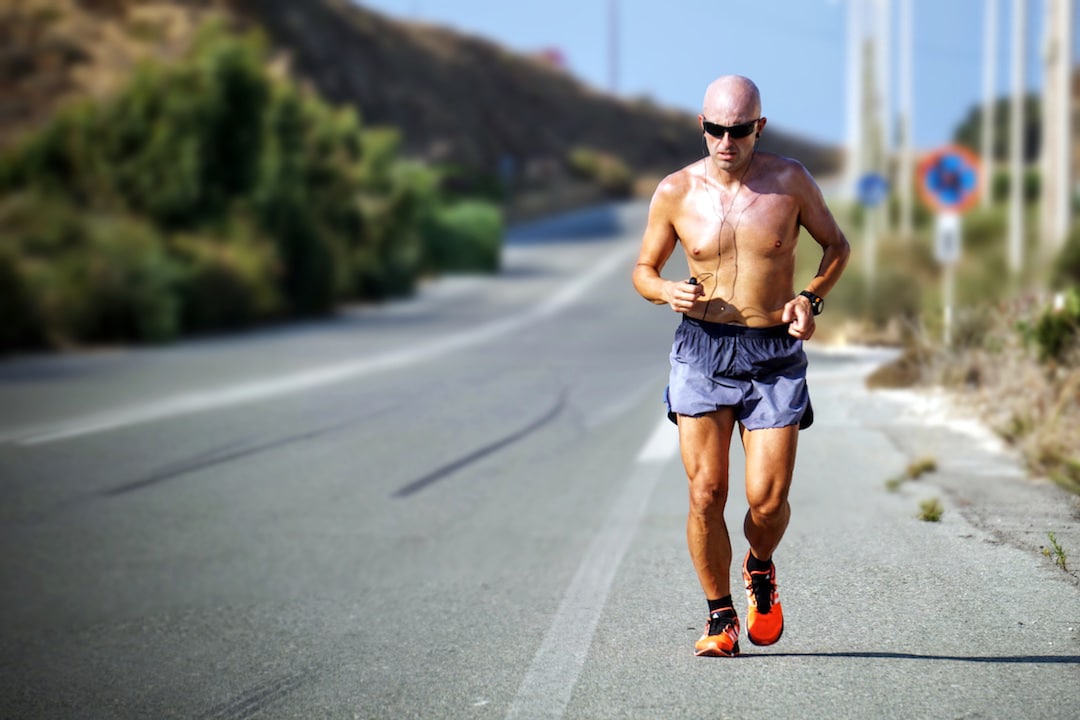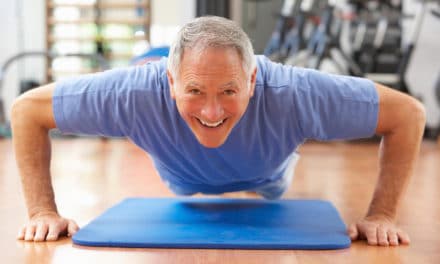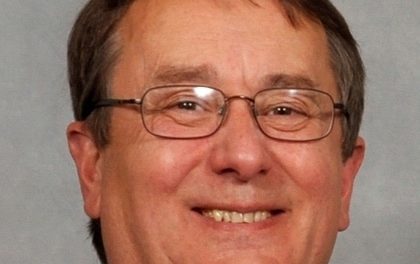Author
DR Rob Gandy I UK
The World Health Organisation recommends that older people should be able to achieve physical, social and mental well-being throughout their lives1, and that international, national and local policies should be developed to support older adults, promote their independence and well-being, and encourage physical exercise2.
A 3-year Lottery-funded Active Lives programme sought to establish preventative community support for people aged 50 years and over to assist in improving their well-being and physical and mental health, particularly those isolated due to age-related illness or disability. The interventions provided were not available from local social care providers. An evaluation of the programme concluded that the programme offered a wide range of flexible and local activities that provided benefits for older people in terms of health and well-being, social well-being and quality of life, and reducing social isolation. There was interconnectivity between these benefits 3.

Local activities that provided benefits for older people…
Photograph by Maarten van den Heuve via Unsplash
The programme delivered its activities in five broad categories: Education/ Informative (e.g. Arts and crafts); IT/ Communications(e.g. Computer classes); Physical/ Exercise (e.g. Line dancing); Social engagement (e.g. Lunch clubs); and Support Groups (e.g. Alzheimer’s support). Such a variety of activities enabled people to choose to get involved with those most relevant to their personal circumstances. Unfortunately public finances were such that ongoing funding for the programme could not be provided.
Active Lives programme is directly relevant to the boomer generation…
This type of Active Lives programme is directly relevant to the boomer generation, and those who are older, i.e. the parents of the boomer generation! Gboomer.co.uk recognises that in these times of constraint it is highly unlikely that such programmes can be publically funded; but looking around any area in the country it will be seen that all of the activities involved are already being delivered by local authorities, charities, private companies, and others, to a greater or lesser extent. No doubt, many of these activities are being provided at a modest cost.

…letting people in a given area know about all such available activities
Photograph by Jungwoo Hong via Unsplash
Therefore it is arguable that Active Lives programmes already exist across the country, but not in a co-ordinated way, run by one organisation, i.e. they function as “virtual activity programmes”. Gboomer.co.uk believes that what is needed is a means of letting people in a given area know about all such available activities, and who is running them, so that they can access them with a view to improving their own health and social well-being. Such a “one-stop shop” approach can be achieved by developing a directory of the activities for people to access. To this end gboomer.co.uk has created, and is incrementally developing such a directory, which allocates activities to the established five categories, in conjunction with relevant parties. The “pilot” area is the Wirral, but it is hoped to gradually expand the facility to cover all areas.
References
Ref#1 World Health Organisation (WHO) 2015: World report on ageing and health. World Health Organisation, Geneva, Switzerland. Retrieved 3 November 2015 from http://www.who.int/ageing/publications/world-report-2015/en/.
Ref#2 World Health Organisation (WHO) 2012: ‘Ageing’ health topics. World Health Organisation. Retrieved 18 December 2012 from http://www.who.int/topics/ageing/en/.
Ref#3 Gandy R., Bell A., McClelland B., & Roe B. (2017) Evaluating the Delivery, Impact, Costs and Benefits of an Active Lives Programme for Older People Living in the Community, Primary Health Care Research & Development, 18 (2): 122–134 doi:10.1017/S146342361600027X






